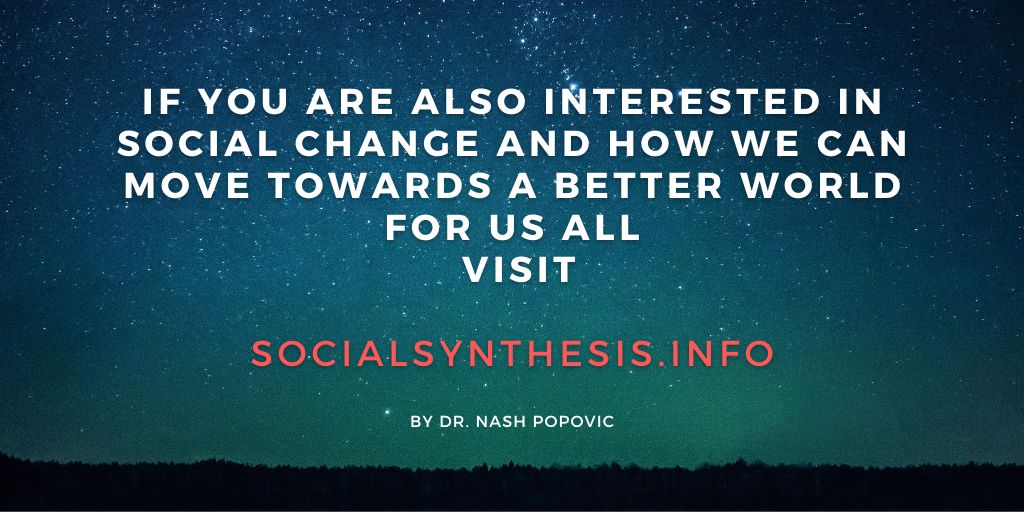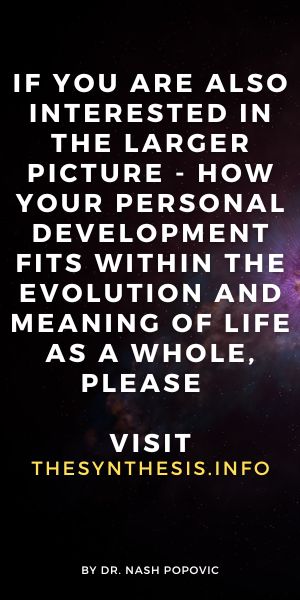39. Aims
When a man does not know what harbour he is making for, no wind is the right wind.
Seneca (Roman Stoic philosopher and statesman)
Setting aims (or goals) refers to the ability to conceptualise in specific terms not only what you want, but also how to get there. Being able to translate desires into aims is the way of fulfilling them. We will consider here the purpose of aims, how to formulate them, and some other related issues, including flexibility.
The purpose of aims
The main purpose of aims is to give us a sense of direction. Without them it is easy to become indifferent and let events dictate our course. Setting your goal is also the first step towards realisation. A goal creates an inner tension as there is a difference between where you are and where you want to be. A tendency to resolve that tension enables the goal to become a driving force, to pull you in a particular direction.
Not only do aims increase motivation and persistence, but they also have a positive effect on attention, information processing, remembering, and performance. This is because a clear aim enables you to be selective and focus your energy. Furthermore, research indicates that ‘having valued goals and experiencing progress in goal pursuit are vital to our subjective well-being’.(1) The aim, though, is different from the reward. Reaching an aim provides satisfaction because the action has been accomplished, which may, but does not need to, bring an advantage or reward. In other words, crossing a finishing line is one thing; getting a medal for doing so is another.
Staying on track: when you feel that you are losing your sense of direction, self-guided imagination can help to focus your mind on your aim again: for example, you can imagine that you are heading in a boat towards the light-house, or aiming and shooting at a target. This does not need to take long, just a few moments can be enough.
Formulating your aims
When formulating aims, it is good to bear in mind these points:
- A positively formulated aim (what you want) creates a higher motivation than a negatively formulated aim (what you don’t want). So change the latter into the former. For example, the aim to stop smoking can be reformulated as the aim to be healthier, physically fit, free from the habit, or relying on yourself rather than cigarettes to feel confident.
- The simpler the aim is, the better (if possible, avoid ifs, buts and other caveats).
- Try to be as clear and precise as you can (vague aims are still better than no aims, but are less helpful). For instance, you may want to include a time-scale (this week, next ten years etc.)
Think about some of your small, short-term and big, long-term aims and consider if they are formulated in positive, simple, and precise terms. If some of them are not, try to reformulate them.
Are my aims worth pursuing?
Now, when your aims are clearly formulated, you may want to check if they are really worth pursuing. You can use the following criteria with each of them for that purpose:
- Congruence: is your aim congruent with your personality and values? Can you pursue it and still be you? It is not a good idea to sacrifice your values for your goals. Even if you believe that this may increase your chances of success, it cannot guarantee it. And if you don’t, you will have nothing to fall back on.
- Probability: is your aim realistic? Unrealistic aims can cause disappointment and the loss of motivation and confidence.
- Investment: what do you need to invest and how much (e.g. money, effort, time)? Is it worthwhile?
- Consequences: what are the consequences of pursuing this aim? (e.g. what do you need to give up?)
- Timing: is this the right moment to pursue this aim?
If some of your aims do not meet these criteria you may consider modifying or even abandoning them (see Flexibility below).
Bringing the aims together
Aims can be overarching or narrow, short-term or long-term, as well as have various degrees of importance, but they should not conflict. This exercise can help you determine how the aims you have formulated and are worth pursuing relate to each other.
The pyramid of aims: create a pyramid of aims with the biggest or the most important one at the top and smaller aims flowing into the bigger ones. Reconsider those aims that can’t fit into the pyramid. Are they an impediment to other aims? Can they be adapted so that they can fit in?
Getting there
Aims are projected into the future and this can cause anxiety because their accomplishment can never be certain. This anxiety can be alleviated if you focus on the process that is in the present. Let’s say you want to sail somewhere. You can spend all your time thinking about arriving at your destination or you can enjoy the process of getting there. Engaging with the process not only reduces anxiety but is indeed usually more enjoyable. For instance, focusing on just passing exams can make learning dreary but if you focus on the process you may find learning actually interesting. It is the same with hobbies – you want to win a computer game or tennis match but you really play because you enjoy the process, not only the end result. This is, of course, not to say that you should forget why you are doing something and get completely lost in the process – bear in mind the aim, but enjoy the ride too.
Aim breaking: if some aims look too big or far ahead, it may help to break them up into a few manageable ones and form a chain that will link the present to the final goal (e.g. the aim to run a marathon may begin with an aim to run around the block in the first week). See if you can break one of your big aims into a few smaller ones.
Flexibility
Aims are important, but this doesn’t mean that we should be rigid with them. Being flexible is often essential for success. It enables us to recognise and seize an opportunity when and where it arises. Flexibility also helps us adapt to new conditions. Not only changes in circumstances but also in you (e.g. having a new insight) may require modifying the aim or the way of achieving it. Sometimes it is necessary to turn left or right in order to continue going straight. In other words, rather than banging their head against the wall, flexible people go around it. Choosing a route of less resistance saves energy and minimises conflicts, which generally increases content. So how can we develop flexibility?
The most important thing in this respect is to avoid being enslaved by your habits. Habits make life easier (we don’t have to make new decisions from moment to moment) but they can be restrictive. Breaking habits can be a challenge though even when they do not provide any benefits. If in doubt, try this: locate which sock you usually put on first in the morning; then try for a week to put the other one on first, and you will see. Still, the more you practise breaking habits (e.g. take different routes when going to work) the more flexible you will be across the board. This exercise too can become useful when you need to reconsider your aims.
Aim modification: sometimes something important may clash with your aim (e.g. your aim is to work for a charity in Africa but your mother is ill and nobody else can take care of her). Several things can be done in such situations:
- Think outside the box and try to find a way to combine both (e.g. perhaps you can take your mother with you).
- If this is not possible use a ‘why…’ question to locate your end desire and adapt your aim accordingly (‘why do I want to go to Africa? To help the poor.’). In this case you can help the poor in your home town, instead.
- If this doesn’t work either, you may need to prioritise: ask yourself where your presence is more important.
(1) King, L. (1998) ‘Personal Goals and Personal Agency’ in Kofta, M., Weary, G. and Sedek, G. (ed.) Personal Control in Action. New York; London: Plenum Press, p.124.

